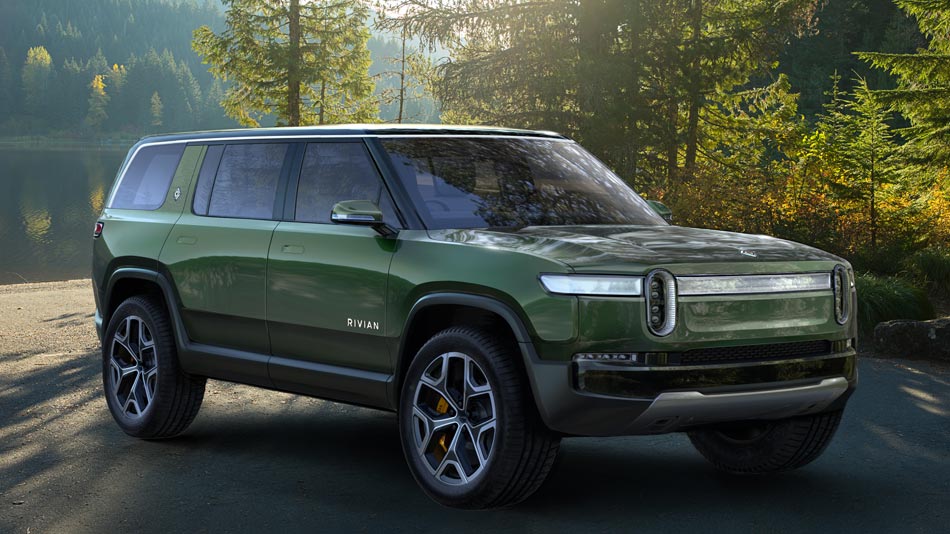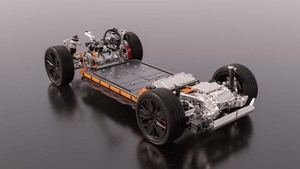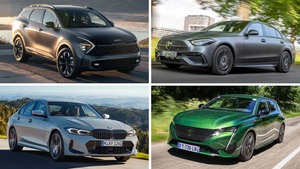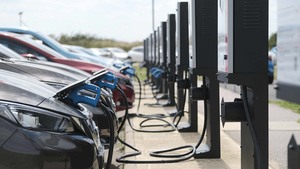Fleet electrification is clearly progressing well. However, while some people are positive others are not convinced. Some people are still referring to lack of choice, range anxiety, charging infrastructure and the business case. As we have mentioned before, the tipping point is nearly upon us and 2019 will see a raft of vehicles coming online. The business case is becoming a lot easier to justify. Are you positive or negative towards fleet electrification?
The real issue could be how people think about electrification.
Lack of choice
It is true that the current vehicle choice list is limited. However, new models are being launched from existing and new manufacturers who are investing heavily into pure EV. A couple of years ago the EV pessimist would argue that for requirements such as truck replacement or for towing, EV’s could not cope. New manufacturer Rivian have just rewritten the EV rule book. Most optimists might have to consider the ‘must-have’ compared to ‘nice-to-have’ features to ensure operations are maintained with no disruption to day to day driving. The needs of businesses are now being met by new models and new manufacturers. These are exciting times.

Range anxiety
The negative view is that range limitation is still the main factor not to electrify the fleet. However, it is surprising how many drivers can actually cope when the mobility patterns are analysed. Our new CoPilot App helps fleet managers to truly understand driving patterns to provide real driving data to make the case. PHEV technology is still a viable alternative, however with changing regulations always ahead, the internal combustion engine is not seen as the most important powertrain in future fleets.
The charging infrastructure
Many fleet managers we have spoken to will say that their drivers will run out of charge, become stranded due to the lack of charging points which causes a problem. If we have the same conversation today in 2019, the concern does not stack up. It is matter of changing driving behaviour and to actively plan trips and charging stops. This is what any road safety expert would say for driving in general and helps meet the duty of care to drivers where driving breaks should be taken every 2 hours. Furthermore, more charging stations are being rolled out week on week across Europe with the major fuel suppliers investing heavily in this area. Experience from the more mature Norwegian EV market and our own experience driving 4 years electric, teaches us that charging mainly concentrates around home and work place and occasionally fast chargers. Less and less the (slower) public chargers.
Business case
Anyone who is generally pessimistic towards fleet electrification may be surprised when TCO/TCM analysis is considered. By considering the impact on taxation, legislation, governmental subsidies and charging infrastructure the deabte offers some interesting aspects. 2018 saw a big shift in cost levers such as residual values, rising fuels costs, tax impact through WLTP and enhanced vehicle rebate offers. These changes have helped support the business case to come close to, or even exceed, the tipping point for EV. Clearly, not all countries in Europe are the same when it comes to TCO but the trend is for a beneficial business case.
Is Fleet Electrification complex?
There are clearly more factors to consider when looking to switch to EV. Many fleet departments may not be fully equipped to uncover the best practice solution. However, there are numerous challenges such as WLTP, IFRS16, mobility that should be part of a shared fleet strategy involving other departments within companies.
It is clear that the future fleet strategy will look very different to those of today. The real issue is for us all to embrace the change and manage user adoption and take up with data driven TCM to show how and when change should happen.



